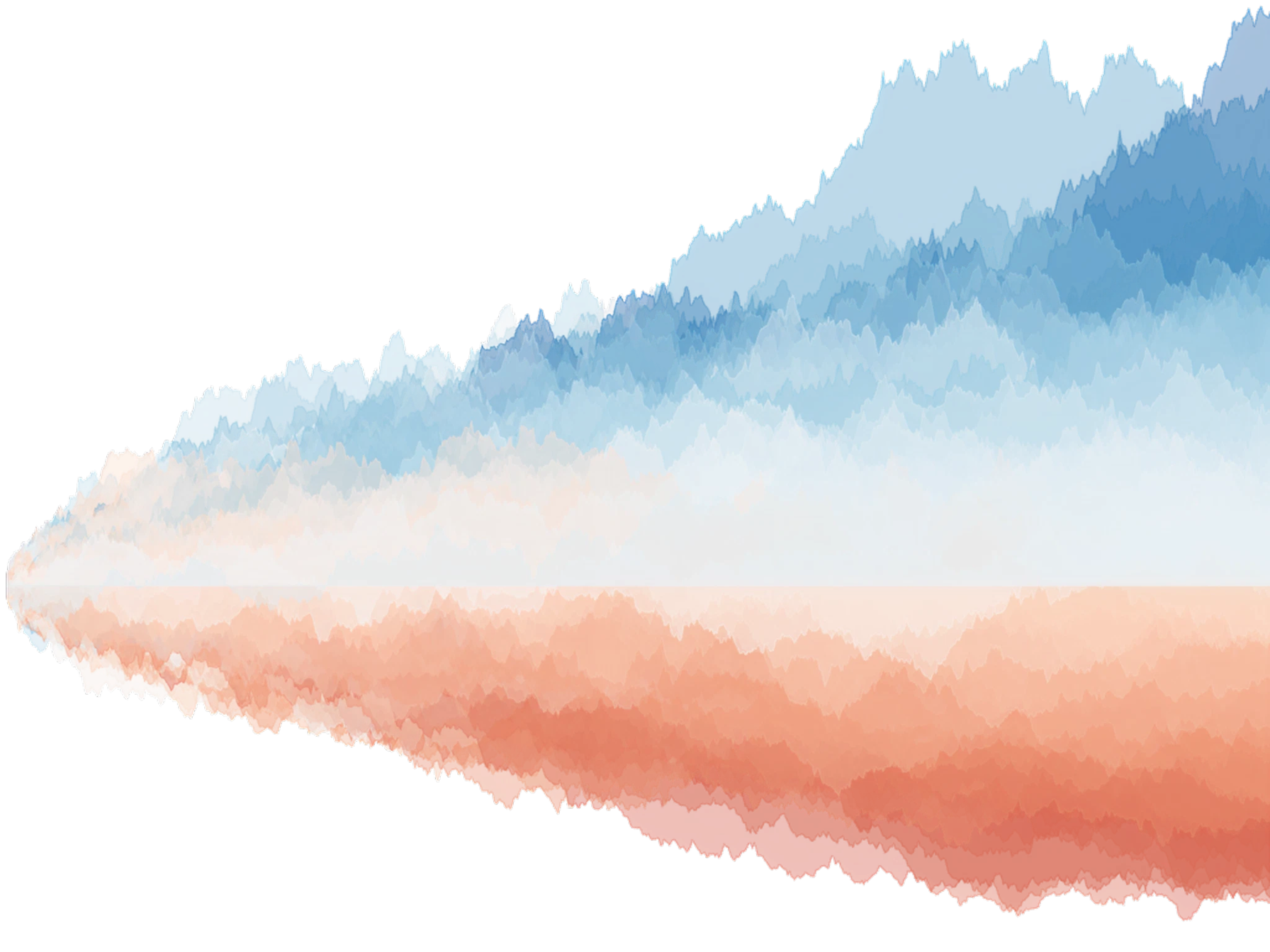In options trading, volatility is directly priced into the premium (the cost of the option). This is because the value of an option is tied to the probability of it finishing in-the-money, which is heavily influenced by how much the underlying asset is expected to move.
- Low Volatility: Leads to cheaper option premiums. While this reduces the cost of entry, it also suggests lower potential for large price moves, limiting opportunities for significant gains from directional bets.
- High Volatility: Inflates option premiums. This increases the cost for buyers but provides greater compensation for sellers who are taking on more risk. High volatility indicates a higher probability of large price swings, which can make options more valuable.
Drivers of Volatility
- High Volatility Drivers: Major catalysts include regulatory announcements (e.g., from the SEC or CFTC), macroeconomic news, "whale" movements (large wallet transactions visible on-chain), and protocol-specific upgrades or failures. These events create uncertainty, causing massive price swings.
- Low Volatility Drivers: Periods of consolidation, strong institutional support, or clear regulatory clarity can foster stability. While this makes trends clearer, it suppresses the large, rapid moves that options traders often profit from.
A practical rule is to compare current IV to recent HV before choosing to buy or sell premium. Edge often lives in that spread.
The Two Types of Volatility in Your Toolkit
- Historical Volatility (HV):
What it is: A look backward at how volatile an asset (like Bitcoin or Ethereum) has been over a set period (e.g., 30 or 90 days).
Its Use: It helps a trader understand an asset's "normal" range. If current implied volatility is significantly higher than historical volatility, it may signal that options are potentially overpriced.
- Implied Volatility (IV):
What it is: The market's forward-looking forecast of volatility, derived directly from the current price of options. It is the most critical metric for an options trader.
Its Use: A high IV means the market expects large future price swings, making options premiums expensive. A low IV suggests the market expects calm, resulting in cheaper premiums. For example, ahead of a major catalyst like an Ethereum upgrade, the IV of ETH options will spike, increasing their cost.
Strategic Implications
Understanding the interplay between HV and IV allows a crypto options trader to:
- Gauge Market Sentiment: High IV often reflects a "fear" or "greed" dominated market.
- Select the Right Strategy: Sell premium (e.g., selling puts or covered calls) when IV is high to capitalize on expensive options. Buy premium (e.g., long calls or puts) when IV is low and a volatility spike is anticipated.
- Manage Risk: High IV environments require careful position sizing, as the potential for rapid, adverse price moves is greater.
Ultimately, volatility is the fundamental variable to master, as it dictates cost, strategy selection, and risk management in an inherently turbulent market.
